 The history of Chiang Mai can be traced back to 1296, when King Mangrai established his new capital there. It was in fact the third time he built a capital, having founded Chiang Rai and Wiang Kum Kam in 1262 and 1288 respectively.
The history of Chiang Mai can be traced back to 1296, when King Mangrai established his new capital there. It was in fact the third time he built a capital, having founded Chiang Rai and Wiang Kum Kam in 1262 and 1288 respectively.The choice of site for Chiang Mai was not done by chance. The king delved into geomancy and mysticism to find the most auspicious site. Before selecting where to place his capital, he spent many nights camped out in the fields "seeking a dream". The place was inhabited by the Lawa tribe. One day, he saw two hog-deer confronting a pack of hunting dogs (or in some documents, wolves). The shamans from the Lawa tribe told him to take that as an auspicious sign. With that in consideration, King Mangrai decided upon the location of his new capital. The site in question is said to be somewhere around present-day Wat Chiang Man.
To plan out his capital, King Mangrai roped in his pals, King Ramkamhaeng of Sukhothai and King Ngam Muang of Phayao, with whom he had formed alliances. They advised him on the dimension he should built, but Mangrai wanted it on a grander scale. Eventually he settled upon a rectangular fortress city measuring 1000 wa by 400 wa, which corresponds to 2000 meters by 800 meters. This measurement, as chronicled in historical records, bears no resemblence to the medieval walls of Chiang Mai, which measures 1800 meters by 2000 meters. So far, there is no explanation available for the glaring difference.
The site chosen for Chiang Mai is deemed to be auspicious for many reasons, some of which related to water supply. The Ping river was to the east, allowing for ease of transportation, drainage and irrigation. The hills to the west are regarded as sacred and believed to be the dwelling of the Amithaba Buddha. Today there are a few forest wats here.
The city itself was planned to align almost exactly to the cardinal directions, albeit slightly off. In this regard, it follows the layout similar to that of Angkor Thom, which was built by King Jayavarman VII in 1811. The positioning of the royal palace in the northern part of the city also followed that of Angkor Thom while the placement of lak muang, or city pillar, at the centre of Chiang Mai, to represent Mount Meru, the centre of the universe, also had a precedent in Angkor Thom, where the temple of Bayon, also representing Mount Meru, is sited at the very heart of Angkor Thom.
With Chiang Mai as his capital, King Mangrai ruled over a kingdom known as Lanna, which translates variously as "a thousand rice fields", "ten thousand rice fields", and "a million rice fields". By 1298, the year King Ramkamhaeng of Sukhothai died, the Lanna Kingdom had included Lampang, Lamphun, Tak, Pai Valley in the west, Muang Nai, Keng Tung and Jing Hong. With the death of King Ramkamhaeng, Sukhothai went into decline, and before long, the town of Phayao, previously controlled by Sukhothai, passed to Lanna.
King Mangrai died suddenly in 1317, causing a succession dispute for his throne. His second son, Prince Chai Songkhram, ascended the throne briefly. Then he went into retirement in Chiang Rai, and passed the throne to his son, Prince Saen Phu, in 1318. King Mangrai's youngest son wanted the throne for himself. When his father died, he was a ruler of Muang Nai. Now he returned and seized the throne from his nephew, forcing King Saen Phu to join his father in retirement in Chiang Rai. The usurper ruled for three years before being ousted by King Saen Phu's brother, Prince Nam Thuam. King Saen Phu then returned to rule for another decade, until he died in 1334.
Succeeding King Saen Phu was his son Prince Kham Fu, who ruled for only three years before he too died, and passed the throne to his son, Pha Yu. King Pha Yu moved the capital to Chiang Rai, where it stayed for just about three years, before being moved back to Chiang Mai, this time for good.
The founding of the Kingdom of Siam in 1347 spelled trouble for Chiang Mai. This new and aggressive kingdom, with its capital in Ayutthaya wasted no time in acquire new land. Within a few short years, most of the Malay peninsula was under its rule. In 1349, Sukhothai became a vassal state to Ayutthaya, and was formally annexed in 1438. From 1380s onwards, Chiang Mai was suffering from repeated attacks from the Siamese. And as if one was not enough, along came confrontation from Burma as well. Despite the political headache, Chiang Mai continued to prosper during that time.
The Lanna Kingdom reached its cultural golden age when King Tilokaraj ascended the throne in 1441. He managed to push back Siamese forces, capturing Nan in 1449, Si Satchanalai in 1459 and Sukhothai in 1461. With this mighty show of force, King Tilokaraj managed to hold back Ayutthaya aggression for the following three decades.
Within a few years of King Tilokaraj's death in 1487, Chiang Mai was back on the battlefield with Siam. This time, Ayutthaya pushed north as far as Lampang. However, the aggressiveness of Siam soon proved disastrous, not only for Chiang Mai, but for Ayutthaya itself. At that time, the southern Burmese Kingdom of Pegu (present-day Bago) was growing powerful. When Ayutthaya challenge it, Pegu responded forcefully. And Chiang Mai found itself caught in the middle.

 Go Back
Go Back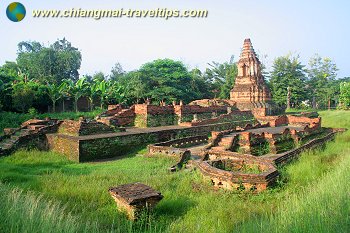
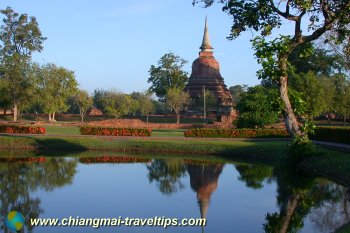
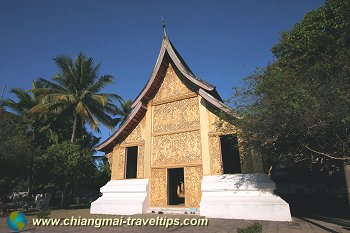
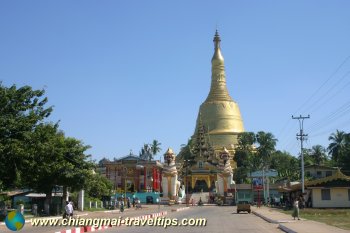
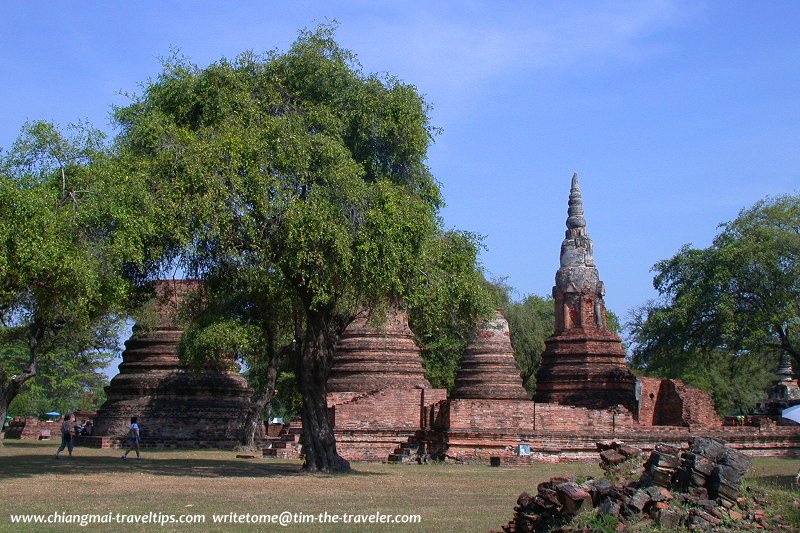

 Map of Roads in Penang
Map of Roads in Penang